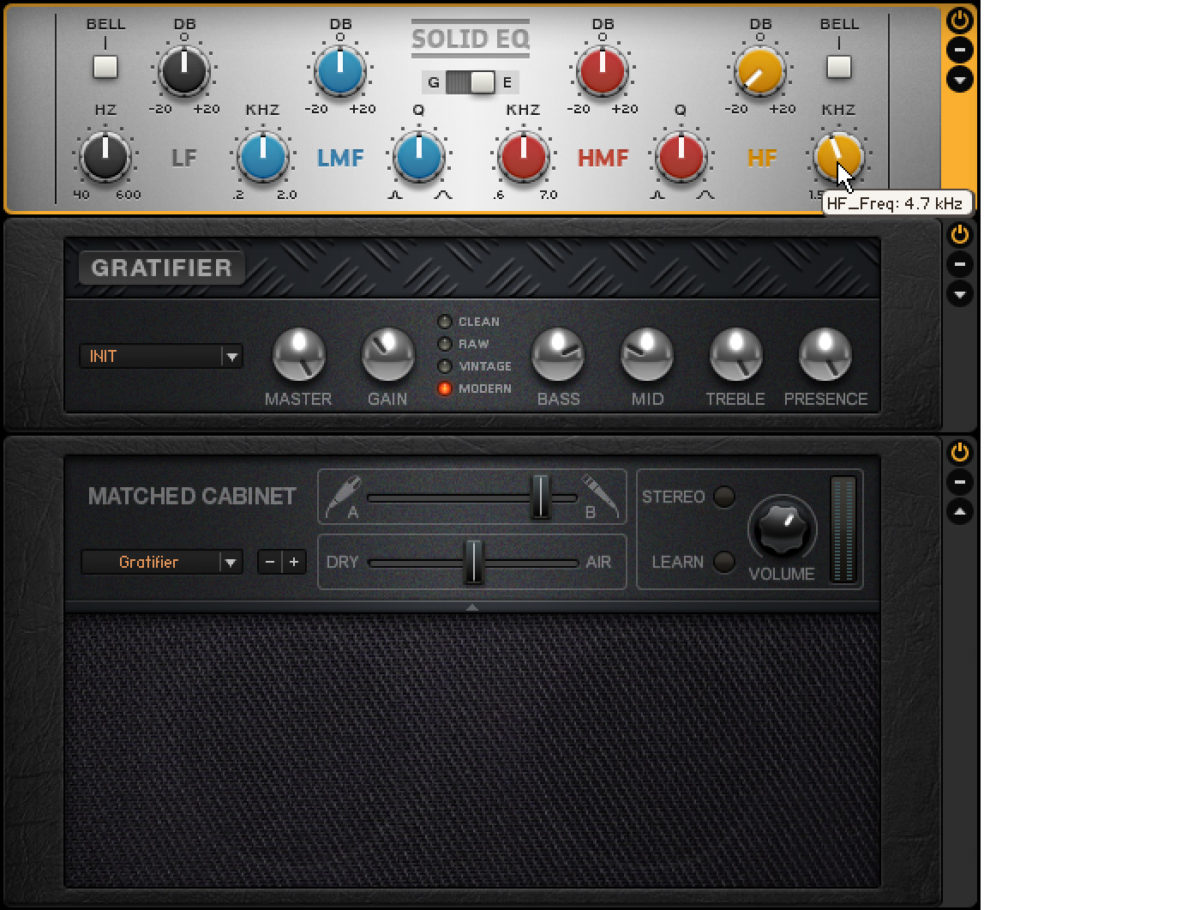

Think about the kind of bass sound you want for the song. This is just as important as the recording technique you use. The best part of recording MIDI bass is you can tweak the sound to your heart’s content.ĭon’t like something about the tone? It’s all digital, so you can change it at any time!
#Reamp thorught amp sim simulator
You’ll probably want to add an amp simulator to the channel. Record your bass part using a MIDI keyboard or writing notes in by hand. Just create a MIDI track and add your bass instrument of choice to it.
#Reamp thorught amp sim free
This is great for anyone trying to cut costs or working in a really digital genre.Īll you need is some kind of bass VST and an amp simulator.Īmple Sound’s P-Bass Lite is a great free option. Blending the two often sounds great.Įven if you decide you only need one, at least you’re making an informed decision from multiple options. If you have the gear to use a mic and DI, you might as well. So by using both, you can get a three-dimensional bass that cuts through a busy mix. Amps on the other hand are thicker and more saturated. One of the best ways to really get the tone you want is to use both of the previous techniques.īasses recorded DI tend to be really clear but can sound two-dimensional.


If anything, they’ll just increase your likelihood of phase cancellation. So you aren’t likely to get a super different sound by using more than one mic. It’s not common to use multiple mics on a bass amp.īass frequencies aren’t very directional. Angle it slightly off axis for a more murky tone.
#Reamp thorught amp sim how to
Recording bass is simple once you learn how to do it. This free Masterclass reveals the key steps you ACTUALLY need to make a reliable income doing what you love in 2021.īut if you just want to learn about Recording Bass specifically, keep reading. You don’t need expensive gear, connections, or god-like knowledge to kickstart your career.


 0 kommentar(er)
0 kommentar(er)
